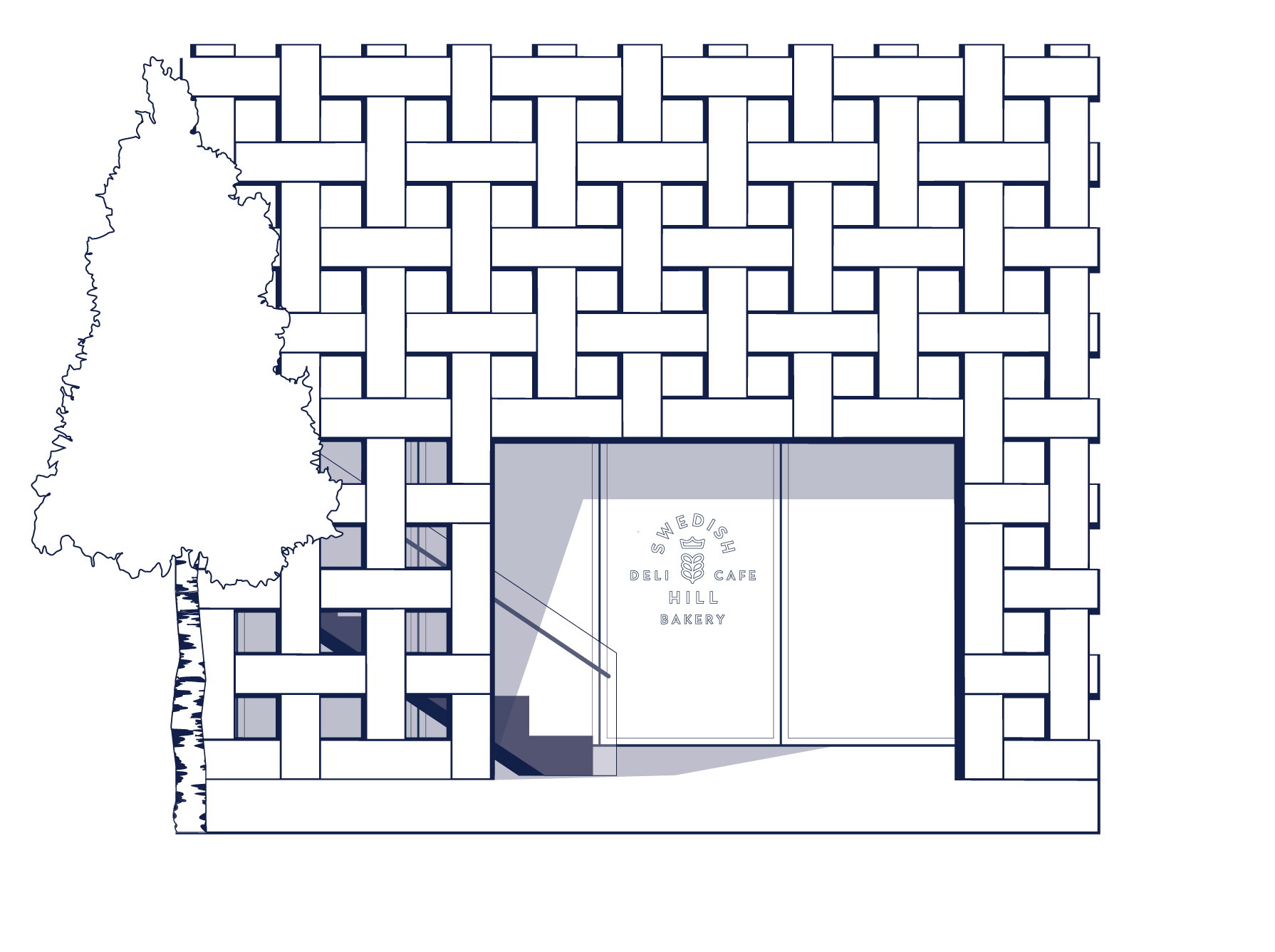Aspen Art Museum
- Categories
- All events
- Talks and Lectures
- Member Events

- For more information on how you can join the AAM, please visit the Street Level Visitor Information Desk, inquire in the Shop, or call 970.925.8050.

- Swedish Hill Aspen is open on our Rooftop from 8AM–3PM

- Aspen Art Museum is an artist-founded institution dedicated to supporting artists in the development of bold ideas to shape our museum and the field of art today.
Artists
Artist Holt Quentel achieved recognition in the late 1980s for her paintings made from distressed tarpaulins stenciled with letters and symbols. At Stux Gallery in New York in 1990, Quentel presented an exhibition of twenty-one modified side chairs, designed by Charles Eames and mass-produced by Herman Miller, embellished by kitschy fabric coverings, Grateful Dead stickers, and other decals. Falling somewhere between the readymade and found object assemblage, Quentel’s sculptures personalized these highly uniform icons of modern design, touching on what she described as “the contradictions inherent in the utopian desire to create a universal commodity” and ironically addressing the social implications of the modernist aesthetic. Shortly after this exhibition, the artist absented herself from the art world.
Despite the mystery surrounding her exile, Quentel and her works have maintained a cult following, existing as a vital, if underground, presence. Now twenty-three years later, the Aspen Art Museum brings these objects back together again for the artist’s first solo museum presentation, reopening this little-known body of work to new discourse and new evaluation.
Works from the Exhibition
free courtesy
Amy & John Phelan
- Aspen Art Museum
- 637 East Hyman Avenue
- Aspen, Colorado 81611
- t: 970.925.8050
- f: 970.925.8054
- info@aspenartmuseum.org
| Hours |
|
Tuesday–Sunday, 10 AM–6 PM
Closed Mondays
|
© 2024 Aspen Art Museum
General operating support is provided by Colorado Creative Industries. CCI and its activities are made possible through an annual appropriation from the Colorado General Assembly and federal funds from the National Endowment for the Arts.



General operating support is provided by Colorado Creative Industries. CCI and its activities are made possible through an annual appropriation from the Colorado General Assembly and federal funds from the National Endowment for the Arts.

























